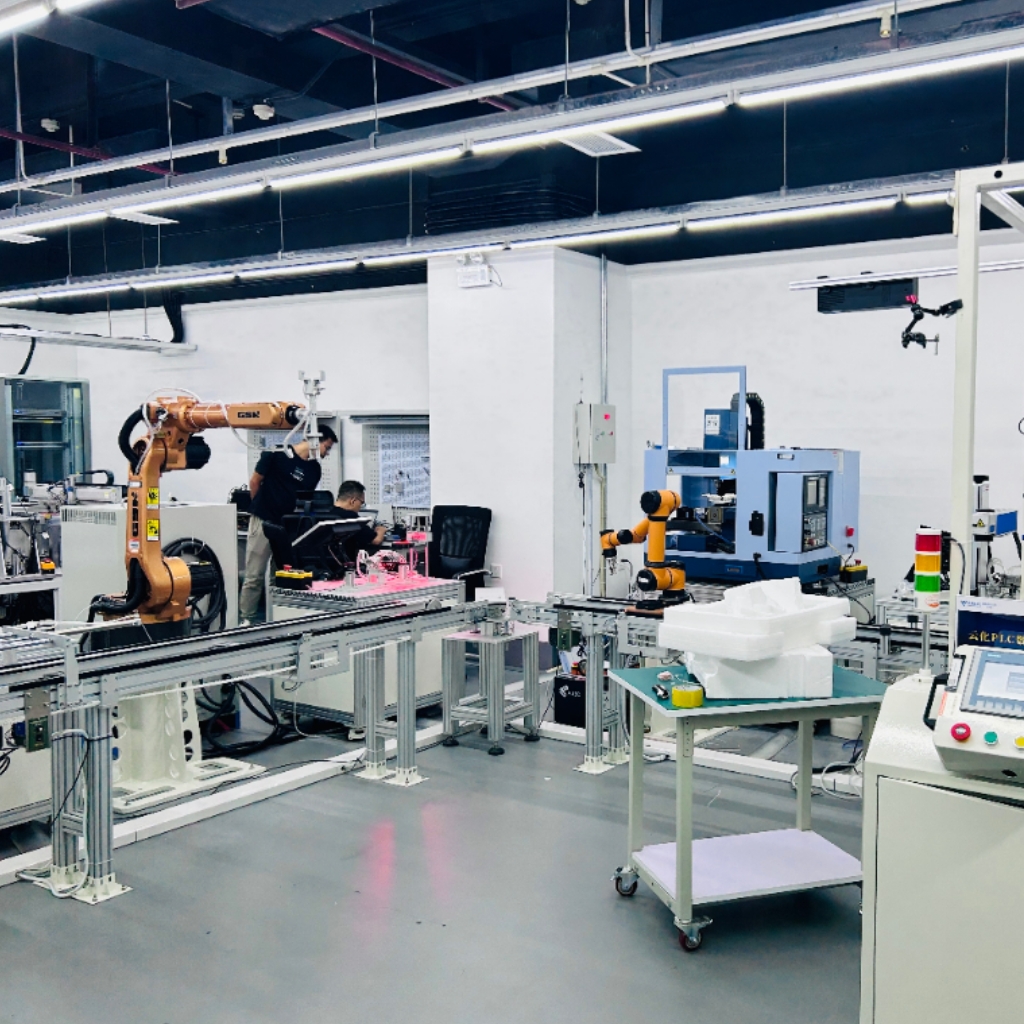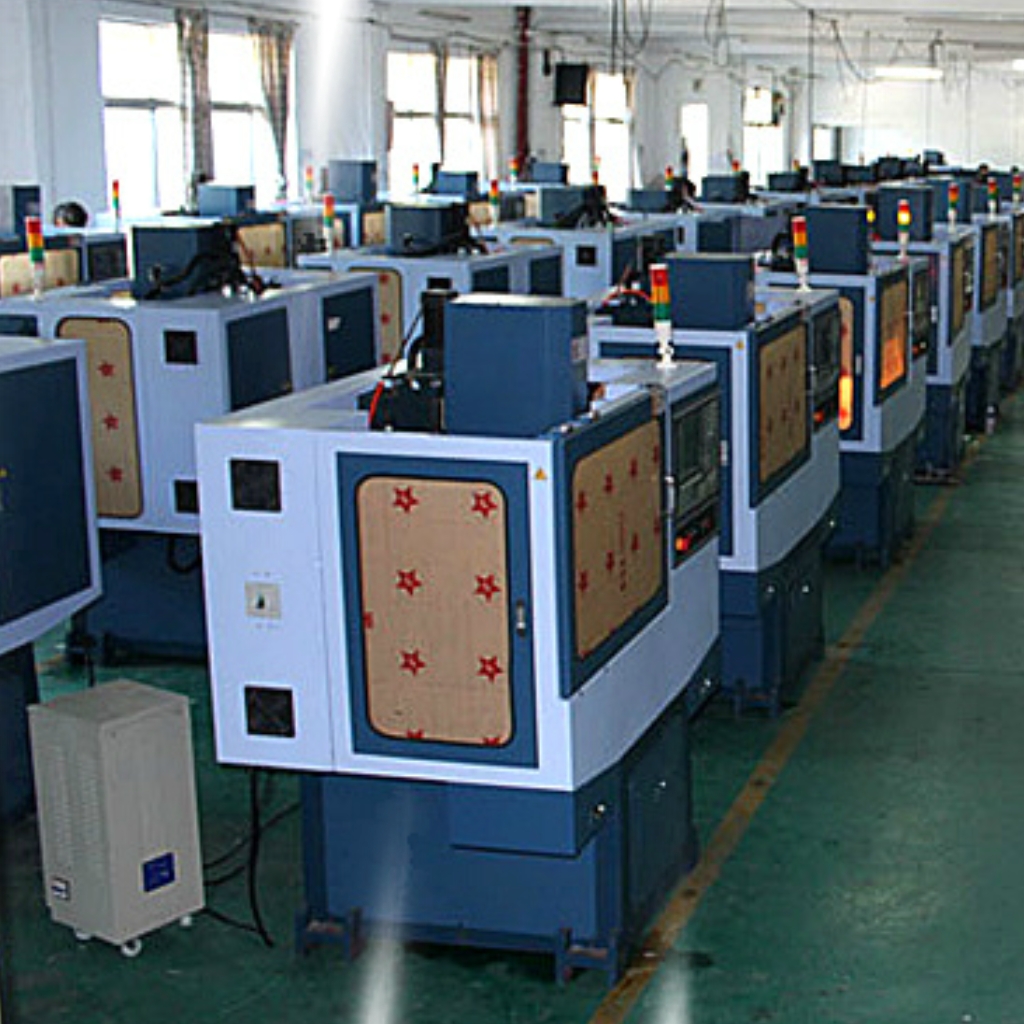Blog
Xendoll has 22 years of experience in the production of small machine tools. We will help you choose the suitable machine and share our experience in CNC machining with you.
 Sep 25, 2025
Sep 25, 2025

 554
554
For mechanical distributors, educational institutions, and machining enthusiasts, achieving precision and efficiency in lathe operation is the ultimate goal. Whether you're demonstrating a machine to a client, teaching a student, or crafting a personal project, the difference between a flawless finish and a scrapped part often boils down to a few critical elements. Understanding the main factors that affect lathe operation is not just about troubleshooting; it's about mastering the craft. This knowledge ensures safety, enhances productivity, and maximizes the return on your investment in equipment like Xendoll's mini lathes and machine tools.
A successful turning operation is a symphony of interconnected components working in harmony. The main factors can be categorized into five key areas: the operator's skill, the workpiece material, the cutting tools, the lathe machine itself, and the cutting parameters.

The most sophisticated lathe is only as good as the person operating it. The operator's skill is the foundational element that influences all others.
Technical Understanding: A skilled operator understands fundamental concepts like speed and feed rates, depth of cut, and how different materials behave. This allows them to make informed decisions rather than relying on guesswork.
Setup and Precision: Properly setting up the machine is crucial. This includes correctly mounting the workpiece in the chuck or between centers, aligning the tool post, and ensuring everything is secure. A misaligned setup will inevitably lead to inaccuracies and potential safety hazards.
Tool Handling and Sharpening: Knowing how to correctly install, position, and sharpen cutting tools is a vital skill. A poorly mounted or dull tool will produce a poor surface finish and put unnecessary strain on the lathe.
Problem-Solving: Experienced operators can diagnose issues like chatter, poor surface finish, or dimensional inaccuracy by sight and sound, allowing for quick adjustments.
For educators and distributors, this highlights the importance of comprehensive training and clear documentation, which builds confidence and competence in users.
The material being turned dramatically influences the entire machining process.
Hardness and Strength: Harder materials like steel require slower cutting speeds, more rigid setups, and tougher tooling (like carbide inserts). Softer materials like aluminum can be machined at higher speeds but may require sharper tool angles to prevent material from sticking to the tool.
Machinability: This refers to how easily a material can be cut. Materials with good machinability (e.g., brass, free-machining steel) produce small, broken chips. Those with poor machinability can cause continuous, stringy chips that are dangerous and difficult to manage.
Workpiece Geometry: Long, slender pieces are prone to deflection and vibration (chatter) under cutting forces. Using a tailstock center or a steady rest is often necessary to support the workpiece and maintain precision.
The cutting tool is the point of contact where material is removed. Its selection is paramount.
Tool Material: High-Speed Steel (HSS), carbide, and cobalt steel are common choices. Carbide tools can withstand higher temperatures and speeds than HSS but are more brittle. The choice depends on the workpiece material and lathe capabilities.
Tool Geometry: The angles of the cutting tool—rake angle, relief angle, and nose radius—directly affect chip formation, cutting forces, tool life, and surface finish. Using the correct geometry for the material is essential. For instance, a positive rake angle is often better for softer metals.
Tool Sharpness: A sharp tool cuts cleanly with minimal force. A dull tool rubs more than it cuts, generating excessive heat, causing work hardening of the material, and leading to a poor surface finish and potential tool failure.
The quality and condition of the lathe machine form the backbone of any operation. This is where the inherent advantages of a well-built machine like a Xendoll mini lathe become apparent.
Rigidity: A rigid lathe, with a solid bed and a powerful motor, can absorb vibrations and maintain stability during heavy cuts. This prevents chatter and ensures dimensional accuracy. Lack of rigidity is a primary cause of poor surface finish in underpowered machines.
Precision and Alignment: The lathe must be properly maintained. Critical components like the headstock spindle, tailstock, and carriage must be accurately aligned. Wear on the bed ways or lead screw will directly translate into inaccuracies in the workpiece.
Power and Speed Control: Having adequate power and a suitable range of spindle speeds allows the operator to select the optimal conditions for different materials and tooling. Variable speed control is a significant advantage for making fine adjustments on the fly.
Finally, the settings chosen by the operator—the cutting parameters—bring all the factors together.
Cutting Speed (SFM - Surface Feet per Minute): This is the speed at which the workpiece surface moves past the cutting tool. Too high a speed causes excessive heat and tool wear; too low a speed leads to inefficiency and poor finish.
Feed Rate (IPR - Inches per Revolution): This is the distance the tool advances along the workpiece per revolution. A higher feed rate removes material faster but produces a rougher surface. A lower feed rate gives a finer finish but takes more time.
Depth of Cut: This is the thickness of the material layer being removed in a single pass. A deeper cut removes more material but requires more power, a rigid setup, and a slower feed rate to maintain stability.

In summary, effective lathe operation is not dependent on a single factor but on the careful balance of operator expertise, workpiece properties, tool selection, machine capability, and precise cutting parameters. Neglecting any one of these areas can compromise the entire operation. For distributors and educators, offering reliable and user-friendly equipment like Xendoll's mini lathes provides a solid foundation for success. For the machining enthusiast, deepening your understanding of these five factors is the key to unlocking the full potential of your workshop, turning raw materials into precisely crafted components with confidence and skill. By mastering these elements, you move from simply running a lathe to truly mastering the art of turning.



 Show all our samples
Show all our samples
 Provide you with a free quote
Provide you with a free quote
 Answer all the questions you may have
Answer all the questions you may have
 Guided installation and other options
Guided installation and other options